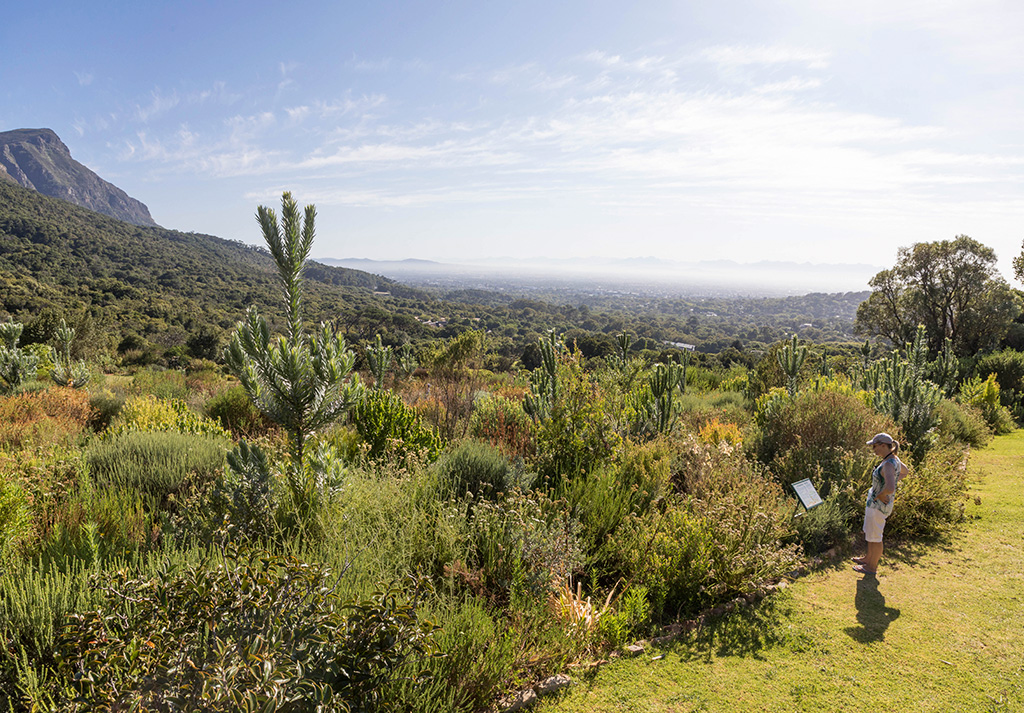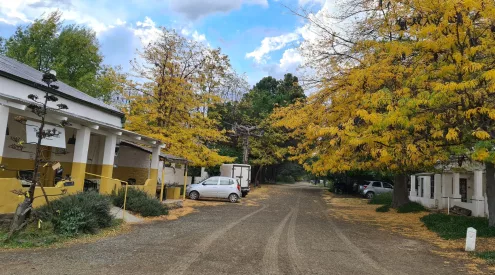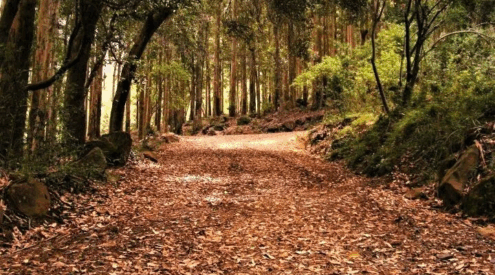Kirstenbosch National Botanical Garden is situated in one of the world’s most diverse biological realms, the Cape Floristic Region. One of the keys to the region’s diversity is fire. Fire generally occurs in fynbos every eight to 30 years, but Kirstenbosch has not burnt its fynbos since it began planting about 40 years ago. A rather remarkable new experiment may change all that.

Image credit: Anton Crone
Fires clear out weeds and old plants that have lost the power of cell division. Certain species, which struggle to compete with larger plants, are able to germinate after fire removes the competition, further enhancing the diversity of fynbos.
Nutrients from burnt plants are recycled back into the earth enriching the soil, and seeds of plants that have been dormant in the soil for many years will sprout from the heat of the fire. Fire also kills diseased plants thereby preventing further contamination of fynbos.
Infection has been spreading in Kirstenbosch’s Protea Garden killing as many as 50 per cent of young plants, as well as plants in their prime.
The experiment now being conducted, in a large bed in the north-western corner of Kirtstenbosch, is determining the benefits of fire in a garden environment, and whether gardening practices such as rotavation (tilling the soil) are helping or harming fynbos.
Vegetation in the experimental bed was cut, left to dry and burned on 12 April 2016. It was then divided into three sections, each of which was replanted equally in Autumn 2016 but treated differently thereafter. None have been irrigated. It’s remarkable to walk the paths between each section and see the variation in plant growth after just three and a half years.
Section A has been burnt and rotavated, and it has a large amount of growth with a great variety of plant species.
Section B has been burnt but not rotavated, and appears strikingly similar to section A in terms of growth and fynbos diversity.
Section C has been rotavated but hasn’t been burnt, and there is much less growth and diversity.
The different treatments demonstrate how effective fire is in maintaining healthy fynbos. It’s early days, but perhaps controlled burns are destined to become a vital part of Kirstenbosch’s gardening programme.
This article was first published in the March 2020 issue of Getaway magazine.
All prices correct at publication, but are subject to change at each establishment’s discretion. Please check with them before booking or buying.



















